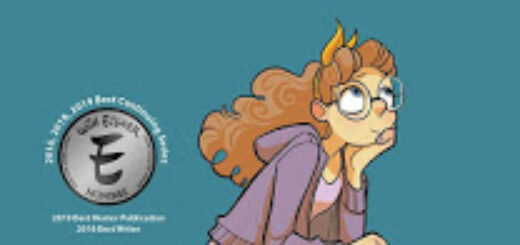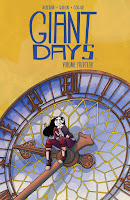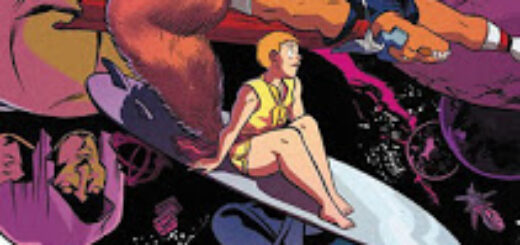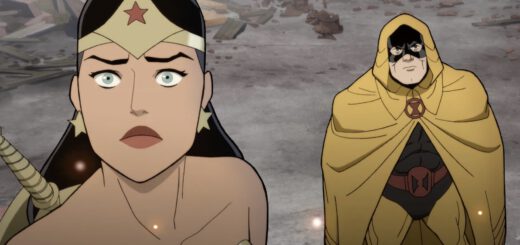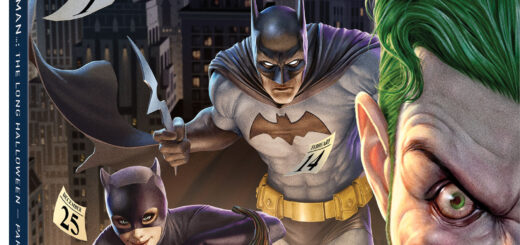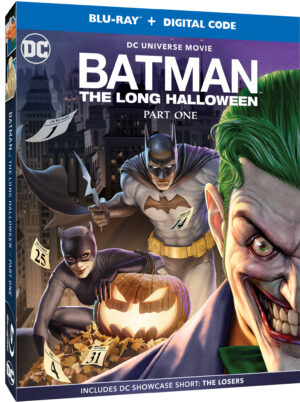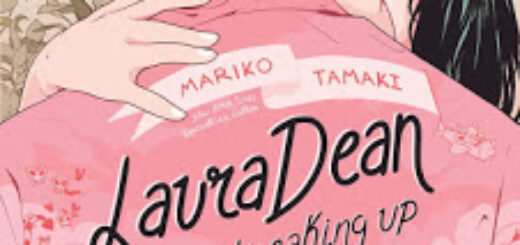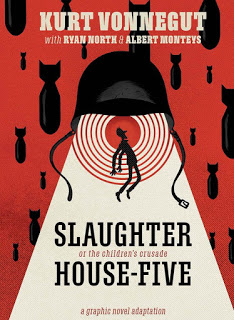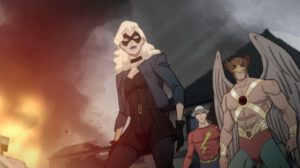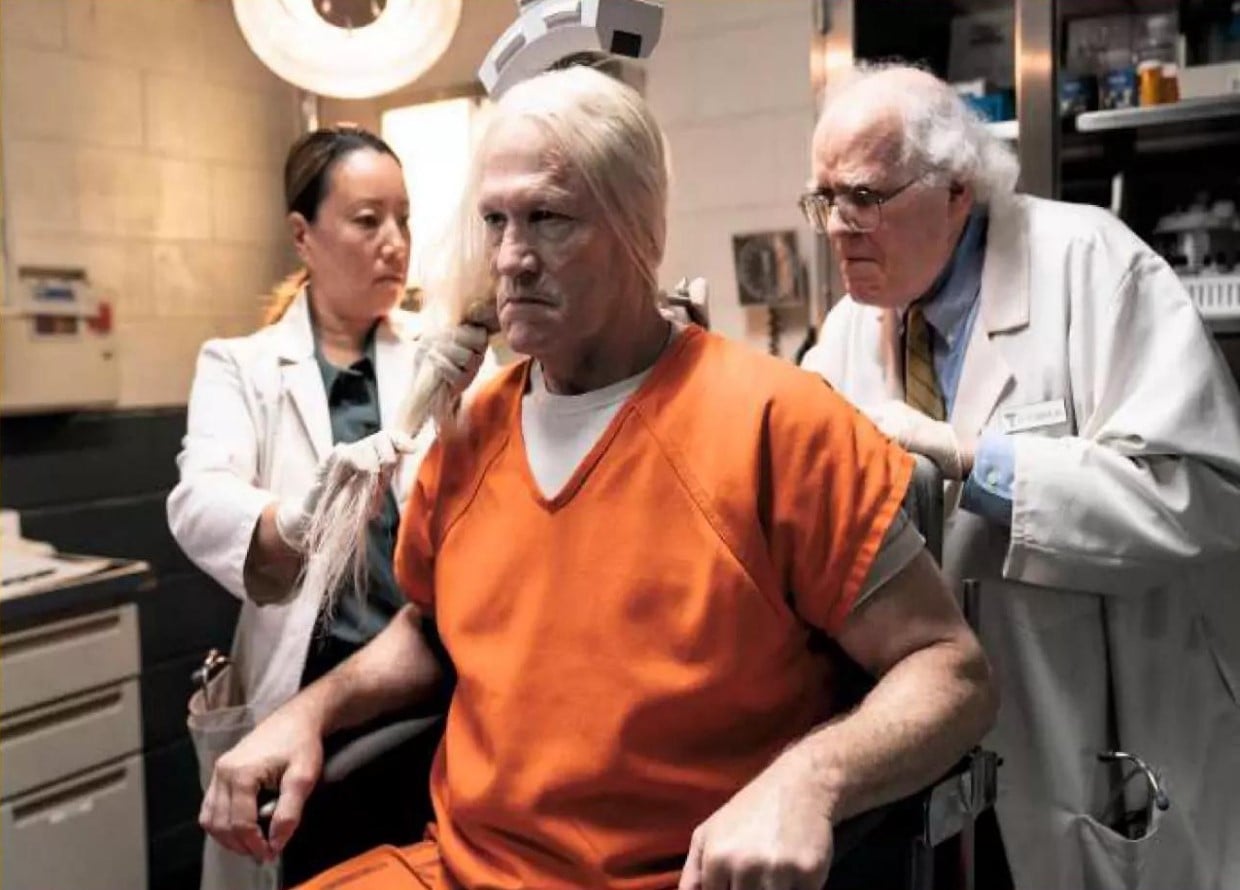Giant Days, Vols. 11-14 by John Allison, Max Sarin, & Whitney Cogar
I go on a lot here about endings: how important they are, that it’s not a story without an ending, and especially that comics have been allergic to endings for several decades now, much to their detriment.
But that still doesn’t mean I’m happy to see a long-running story that I like come to its ending. I get that “what do you mean, there isn’t any more?” feeling. It’s just that I know it has to happen.
Giant Days is now over. It was the story of three young women at a particular point in their lives, while they were undergraduates at the fictional Sheffield University, and undergraduate life in the UK only lasts three years. Writer John Allison and his artistic collaborators – originally Lissa Treiman as the primary artist, then Max Sarin for most of the run, and Whitney Cogar on colors the whole time – spun out fifty-four issues of the main series and a handful of one-offs over the course of four years of comics, so the comic took more time than the actual life would have.
Now, some artistic teams would have kept Esther, Susan, and Daisy in college for decades or longer – if it was an American comic book or syndicated newspaper strip, they could still be in their first year until at least 2050, or the heat death of the universe, whichever came first. But – and, again, this is important – stories don’t work like that. You can put out product in which nothing important ever changes, in which no one ever grows or learns, but you’re a hack and you know know it. Allison and Treiman and Sarin and Cogar are not hacks, and they want to tell stories that matter about real people that change.
So this was inevitable: they would graduate, their days at Sheffield would end. It doesn’t mean we won’t get more stories about some of them, in some permutation, in the future: remember that Esther was a major character in Allison’s webcomic Scarygoround for nearly a decade even before Giant Days. But this time is over.
For most people, it ended a couple of years ago. I’m just catching up on the back quarter of the series now, since I finally gave up waiting for more of the Not on the Test hardcovers to emerge. So I read Volumes Eleven and Twelve and Thirteen and Fourteen all together, a year’s worth of comics in a day or two. It’s not a bad way to read an episodic humor comic, I have to say: stories based on characters get better with familiarity with the characters, so reading a big chunk all at once can be really resonant.
I’m not talking about the specific issues here, because there’s more than a dozen of them, and that’s really not important. Each one is a small story, one moment in this larger story, and they add up together to Giant Days, all fifty-some of them. They’re all good, they’re all stories, they center on various parts of the cast – mostly Esther and Susan and Daisy, but some McGraw and even enough Ed and Nina to make me wish I got a lot more of that. (Hey, John Allison! If you randomly read this, Ed & Nina in the Big Smoke together could be fun, at least for a short-run thing. Maybe other people than me would even like it!)
I read these because I wanted to know if Giant Days ended well , and it does. (Well, also because I was enjoying it a lot, and why give up in the middle on something you like?) If you’ve managed to avoid Giant Days for the last six years, I don’t know what I can say here to convince you: it might just be not to your taste. But it’s a smart, fun, well-written, colorful, amusing, true, real, occasionally laugh-out-loud series of stories about people I think you will recognize and like, and if that’s not what you’re looking for I frankly have to worry about you.
![]()
![]()
Reposted from The Antick Musings of G.B.H. Hornswoggler, Gent.

